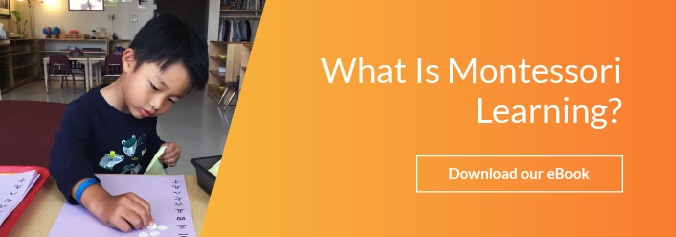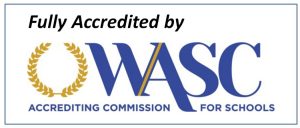There are a number of factors that set a Montessori program apart from a traditional public school classroom. A private Montessori program has more freedom than a public school to choose curriculum, design the classroom, and manage the number of students in the program. Having control over the number of students in the program makes it possible for private Montessori schools to keep the teacher-to-student ratio low. This factor can have a big impact on your decision to put your child into a Montessori program.
Why teacher-to-student ratio matters
Teacher-to-student ratio matters because it can have a direct impact on the education your child receives and on his or her overall experience in school. A teacher with a classroom of 20 or 30 students will spend more time on crowd control than a teacher with a classroom of 10 to 15 students. When the teacher has to spend a lot of time on keeping control of the classroom it leaves less time for instruction. In a smaller classroom, students can receive individualized instruction and have opportunities to interact with each other in cooperative learning.
Typical class ratio in a public school
The typical class ratio in public schools can vary. In California, the average student to teacher ratio in the state is 23:1. A classroom of twenty-three students is a lot to manage – especially at the younger ages. It can be easy for a child to get lost in the shuffle when a teacher has so many students to keep in line and try to educate. If you are looking for a scenario where your child gets some individualized attention in the classroom, it simply is not going to happen in a setting where there is a high student to teacher ratio.
Typical class ratio in a Montessori classroom
Each Montessori program is different. However, one of the main tenets of the Montessori Method is that each child should have an individualized learning plan. This focus on individualized learning impacts the number of students that will be in the classroom. In the upper elementary program at Fountainhead Montessori School, for example, the maximum number of students per teacher is ten. A classroom with ten students is much more manageable than a classroom of twenty-three and it leaves space for individualized instruction.
The typical class ratio in a Montessori classroom is lower than what you will find in the average public classroom in California. If student-to-teacher ratio is a factor you want to consider as you explore education options, be sure and ask about it as you look at specific programs. At Fountainhead Montessori School, each classroom is designed with the needs of the students in mind. The number of students in each classroom is carefully controlled so that all students can get the individualized instruction they need.












Let us know what you think about this post
Put your Comment Below: